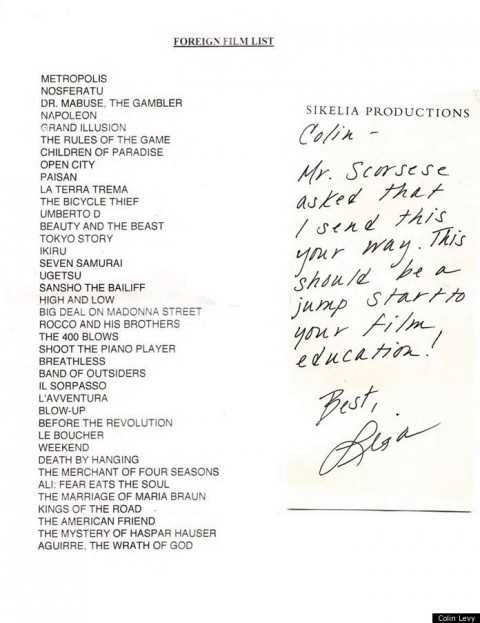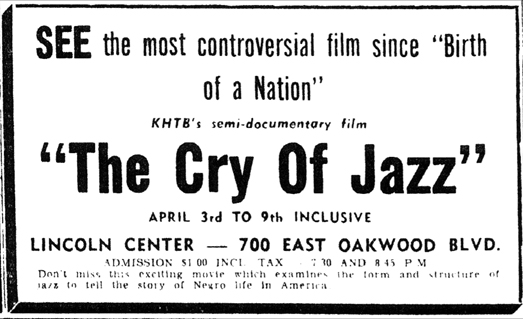What Alan Freed did for rock ‘n ‘ roll in the ‘50s, DJ John Peel did for punk and new wave in the 70s and 80s, playing groundbreaking artists like Joy Division on his show and curating essential in-studio performances in his Peel Sessions. But long before he first played the Ramones on his BBC show in 1976, Peel played the 1969 debut album by the Stooges, the scrappy Detroit garage band whose frontman, Iggy Pop, would later be granted the title “godfather of punk.” He’s certainly lived up to it, consistently, writes Kris Needs at Clash, “dumping on rock ‘n’ roll’s previously set-in stone inhibitions.” Each new generation has given Pop a new set of restrictions to dump on, but many of them could, perhaps, boil down to the same thing, the very condition Peel so often diagnosed in pop culture: the packaging and selling of rock ‘n’ roll that compromises its raw power and diminishes its artists.
Who better then to deliver the 2014 John Peel Lecture for the BBC at the UK Radio Festival, despite the fact that Iggy Pop—who Rolling Stone describes as “a visiting professor from the School of Punk Rock Hard Knocks”—has never delivered a lecture before? But he has always been witty and wise, on albums and interviews, and he is now—as was Peel for over three decades—a BBC DJ, a role that grants him a certain amount of critical authority.
It’s not his only side gig. During his lecture, Pop admits he’s had to begin “diversifying my income,” appearing, for example, in insurance ads for UK insurance company Swiftcover (England’s been good to him). “If I had to depend on what I actually get from sales,” says Pop, “I’d be tending bars between sets.” This is the situation he addresses—the plight of the artists, the labels, and the fans in today’s marketplace. The topic of his lecture: “free music in a capitalist society.”
Iggy is critical of the U2/Apple alliance and their intrusive and unpopular recent mass album release, but he praises Thom Yorke’s decision to release his latest solo album on peer-to-peer file sharing service BitTorrent for $6. Acknowledging that BitTorrent “is a pirate’s friend,” he claims nonetheless that “all pirates want to go legit, just like I wanted to be respectable.” This last remark may come as a surprise from the guy who wanted to be your dog, but although he defines capitalism as dominating and destructive, Pop isn’t anti-entrepreneurial—he’s simply a champion of the little guy. He denounces digital theft, calling it “bad for everything,” but he doesn’t want to see file-sharers jailed, which is “a lot like sending somebody to Australia a couple hundred years ago for poaching his lordship’s rabbit.”
The larger problem is the media conglomerates, including not only major labels, but also, and maybe more so, Apple and Google subsidiary YouTube, who are “trying to put the squeeze” on the indies, “the only place to go for new talent, outside of the Mickey Mouse Club.” Overall, the talk is a very sober and sobering look at the music industry from an old pro who has clearly paid careful attention to the trends. And although his glasses and stance behind a podium might make him look the part, Pop is a little less professorial than conversational, delivering some bad news with several doses of optimism and good humor, and exhibiting an unabashed willingness to mix tech, creativity, and commerce in a TED-like way.
The complete lecture was broadcast on BBC DJ Marc Riley’s show, and you can stream it here for the next four weeks (the talk begins at 37:00, but listen to the first thirty minutes of the show for some excellent music and an introduction to John Peel). And if you’re in a hurry, catch the highlights of Iggy’s lecture in The Guardian’s “Cliffsish Notes version” here.
Related Content:
From The Stooges to Iggy Pop: 1986 Documentary Charts the Rise of Punk’s Godfather
Iggy Pop Conducts a Tour of New York’s Lower East Side, Circa 1993
The Distortion of Sound: A Short Film on How We’ve Created “a McDonald’s Generation of Music Consumers”
Free Online Economics Courses
Josh Jones is a writer and musician based in Durham, NC. Follow him at @jdmagness.





